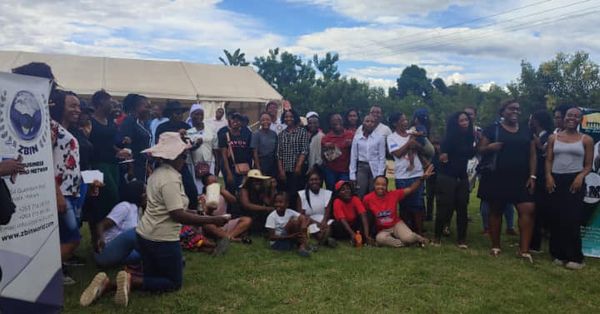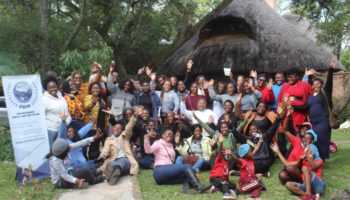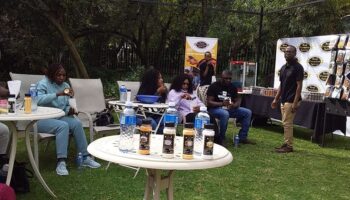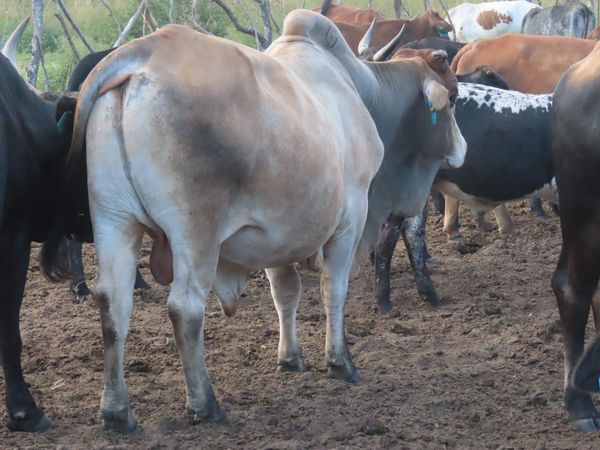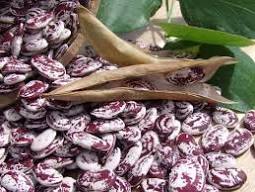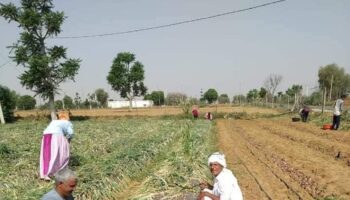Zimbabwe is home to one of the world’s largest informal economies, where about three-quarters of all employment is informal (World Bank). And the size of Zimbabwe’s informal economy is estimated to be 64.1%. Despite the enormous size of the sector, financial inclusion remains a drop in the ocean due to a plethora of reasons. The main one being lack of trust in all matters formal, and others including lack of engagement and literacy from key stakeholders.
Despite high risk exposures, the sector is under insured and the good news is our forum partnered with Champions Insurance to launch a special package for small businesses. The launch took place on the 16th of March 2024 at a colourful event at Mcintosh Gardens, Hatfield Harare.
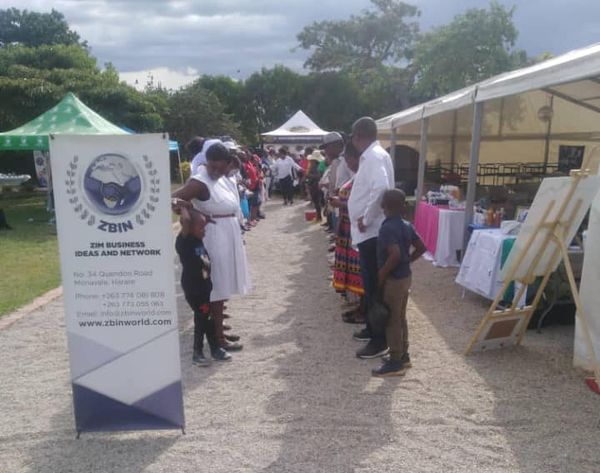
Our members turned out in huge numbers and warmly embraced Champions Insurance with a lot of engagement and of course the bonus of signing up to insurance packages. This confirmed that indeed a market exists for insurance products on the informal sector! What is only needed are strategies of penetrating into the sector especially through well networked business forums.
Small business owners rarely have time to leave their busy operations and find time for business meetings or events. Its extremely difficult to lure them away from their businesses as most often calculate the opportunity cost. However with Champions Insurance, close to 100 members attended and endorsed their affordable insurance packages.
There is still more work to be done for our members to appreciate the risk management peace of mind that come from insurance. From a strong forum of 110,000 Active Membership, we believe with time, more of our members will sign up. In addition, Champions Insurance also shared opportunities for those interested in being agents.
We would like to thank Champions Insurance and forum members for the support during the launch and the continued interest in signing up. For members interested in insuring their businesses-the forum contact is Sheena on +263 777 909 139

![]()
